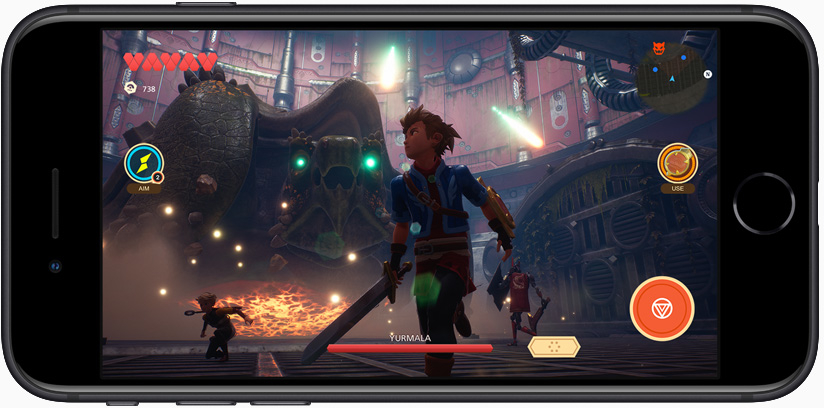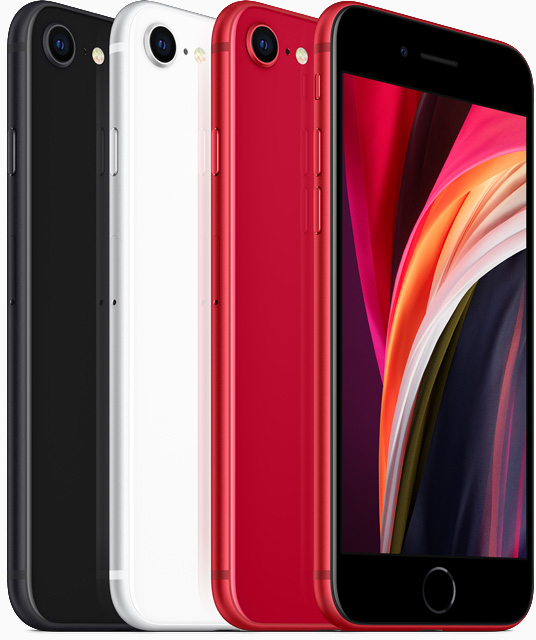
The iPhone SE 2020 Is Finally Here, but Should You Even Care?
- The second generation of the iPhone SE is here, and consumers have mixed feelings.
- The design looks and is outdated, but the chip that beats inside the device is a monster for sure.
- The new iPhone SE is undoubtedly filling a gap in Apple’s product range, but it may not become a best seller.
The successor to the iPhone SE 2016 has finally arrived, and it comes at a time that brings mixed feelings and reception. Sure, many people were waiting for the launch of Apple’s new “budget” device with great anticipation. Still, the ongoing Coronavirus pandemic has wiped off much of the colorful excitement that the announcement spot throws at the consumer.
https://youtu.be/SQIbeAk-bFA
First, let’s take a quick look at what the iPhone SE 2020 brings to the table. Most importantly, it comes with the powerful A13 Bionic, which is a flagship-level chip that also powers the latest iPhone 11 range. Besides the blazing performance that comes with the A13, Apple promises superior “monocle” camera features with Smart HDR, Portrait mode, and Lighting effects, all controlled and finely-tuned by the processor.
Other than that, there’s a 4.7” LCD 720p screen, an 1821 mAh battery, and an IP67 rating that secures the device for 30 minutes at depths of up to 1 meter. Some find the battery way too small and complain about the inclusion of a 5W charger (instead of the supported 18W). Still, we’d expect the amazing power efficiency of the A13 paired with a 720p screen to keep this phone running for more than a day without a problem.
Source: Apple
The body is exactly the same one that we saw on the iPhone 8, so design-wise, the new device looks dated, which isn’t necessarily bad. Compared to the previous SE, this device is noticeably larger, albeit is remains compact by today’s standards. We’d say that if Apple was braver when it came to the design, we could have seen something with a smaller footprint and/or a little larger screen. We mean, if you’re going for a compact device, why not pack it with elegance instead of making it feel “recycled”? Could Apple have avoided creating a design for the new SE entirely to better highlight the new design language that is expected on the iPhone 12? That’s quite possible, but Apple’s lack of willingness to give the new SE a distinctive and more contemporary character design-wise may cost the market success of this model.
Source: Apple
And then there’s the pricing. $399 for the US is the best deal that you’ll get, but it concerns the 64GB model, which feels too little nowadays. The 128GB version costs $449, and the 256GB model is $549. In Europe, the prices go up, ranging between €479 and €499 (for 64GB). In India, it’s INR 42,500, and in Russia, it’s RUB 39,990. So, Apple’s latest “budget” device is actually pretty close to the cost of the iPhone XR and plays at a category where there’s a lot of fierce competition from Android too. If we were to compare it with something of the same cost and size, we would probably have to consider the Pixel 4a or the Samsung Galaxy S10e. Many people would prefer either of these devices over the new SE, but this isn’t even Apple’s real problem right now.
As we mentioned in the introduction, we’re living in days of self-isolation, and our minds are gradually adopting a “back to basics” approach. Whatever device you’re rocking right now, it’s probably comparable to the new iPhone SE. In many aspects, such as the camera or the display compartment, it may be even better. Does the current situation inspire consumers to spend about $500 on a 4G, 720p, iPhone 8 with an A13 chip? Sure, some will go for it for the smaller size and the 3-4 years of iOS updates support, but we don’t see the iPhone SE 2020 becoming the best-seller that its predecessor was.







